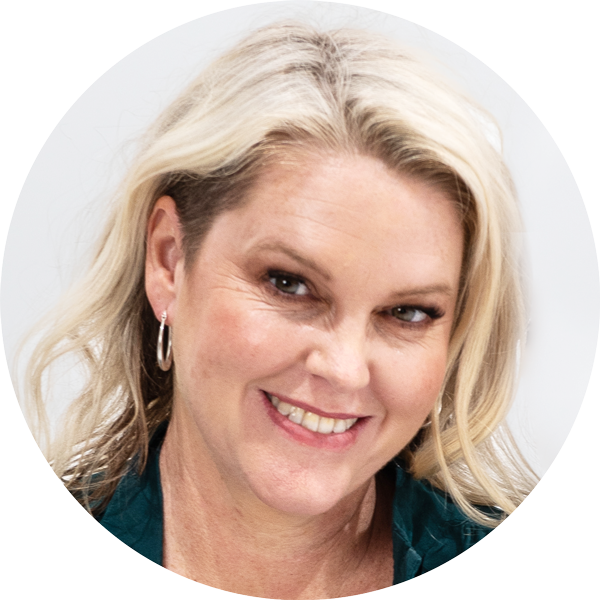Meet the women behind Motheration
Why we do what we do
Supporting mothers like you is our passion. We understand the physical, emotional and mental challenges of motherhood through our own experience of motherhood and the hundreds of mothers we’ve supported from early postpartum right through to parenting teens. We’re here to support you through your parenting journey and help you find joy, connection and resilience.
Our holistic approach gives you the foundation of a compassionate village that is often missing in modern Western society. We’re here to help you heal and create a powerful, memorable motherhood whilst raising resilient and emotionally intelligent children.
Our courses are designed to meet you at every stage of your parenting journey. We’ve got you.
Lael and Bernadette

Lael Stone
Hi, I’m Lael. I’m a speaker, educator and author.
My passion is supporting parents to understand their children, helping adults process their own childhood trauma and creating education systems that value emotional awareness. Everything is based on one fundamental principle – connection and compassion.
The purpose of my work is to help all humans understand themselves better and be inspired to live the life they desire.
I began working in childbirth education and postnatal care in 2004 – working with couples through pregnancy, birth and the first few years of parenting as a Doula, Calmbirth® Practitioner and Postnatal trauma Counsellor. Working in this field certainly showed me the importance of connection and trust. From a woman trusting her baby and birthing body to learning all about how to parent with presence and awareness.

Bernadette Lack
Hey! I’m B. And I’m passionate about supporting mothers through early postpartum.
I’m a midwife, core and pelvic floor specialist, wife, mother and published academic. I’ve worked as a midwife in Australia and overseas since 2007, across homebirth, large city hospitals and in remote First Nations communities.
I understand your postpartum challenges from both a professional and personal perspective. I’ve experienced incontinence since I was 19 and have had a prolapse. I’ve suffered from hyperemesis gravidum and pelvic girdle pain. I get what you’re going through, I understand the head f*%kery of these issues along with the family juggle that occurs simultaneously with healing. My goal is for you to compassionately connect with your body so that you can feel epic in it and do with it what you love!